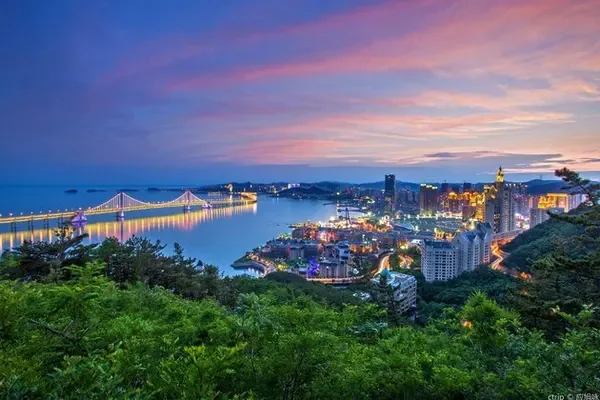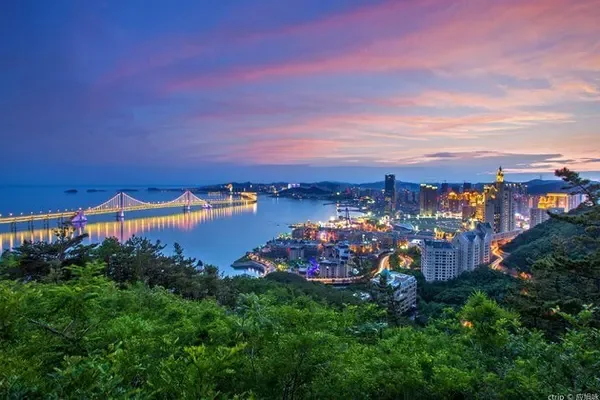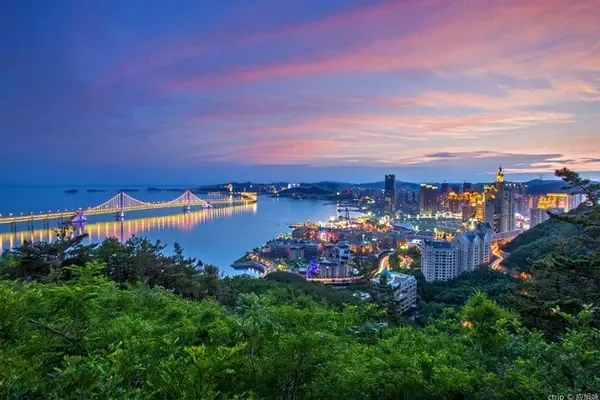If there is no doubt that Beijing is the place with the most contemporary celebrities, it is very meaningful to look at where they live and remember the great people of the past.
During the Spring Festival this year, I visited several places and visited some former residences.
1. Former Residence of Guo Moruo
In 1963, Guo Moruo's family moved from Dongsi to No. 18 Qianhai Xiyan until his death in 1978.
It was originally a garden of Heshen in the Qing Dynasty. Later, Prince Gong Yixin used it as a forage field and stables. During the Republic of China, the descendants of Prince Gong sold this place to Darentang Lejia Pharmacy as a home garden.
Guo Moruo was a banner of China's new culture after Lu Xun. He had a high status in literature. He wrote and translated many masterpieces in his life, and he was also very accomplished in archaeology, drama, and poetry. The "Jiashen Three Hundred Years Ceremony" written by Guo Moruo was once one of the materials studied during the Yan'an rectification movement and had a great influence.
Guo Moruo had great prestige before liberation, and he was a very charismatic great man. After liberation, he served as vice premier of the State Council, vice chairman of the CPPCC National Committee, and president of the Chinese Academy of Sciences.
The former residence is a quadrangle courtyard with two entrances. There is a rockery in front of the gate, and the environment inside the courtyard is very good.
I came here on the morning of February 24. I visited for 75 minutes and the fare was 20 yuan.




















2. Former Residence of Soong Ching Ling
Soong Ching Ling is known as the treasure of the country. Her life was great. She was not only the wife of the revolutionary pioneer Mr. Sun Yat-sen, she loved the country and democracy all her life, and enjoyed high prestige and reputation at home and abroad. The position of vice chairman of the National People's Congress was also awarded the honorary chairman of the People's Republic of China.
On the afternoon of February 24, from the former residence of Mao Dun in Nanluoguxiang to the former residence of Soong Ching Ling in Beijing, No. 46, Houhai Beiyan, the ticket is 20 yuan, but you need to make an online reservation in advance to buy tickets on Ctrip.
The environment here is very good. The neighbor is Prince Chun’s Mansion, which has a relatively large area. It used to be the mansion garden of Dashi Mingzhu built in the Kangxi period of the Qing Dynasty. Later, it was the garden of Guangxu's father, Prince Chun Yixuan's mansion, and in the late Qing Dynasty, it was the palace garden of the last emperor Puyi's father, Prince Chun Zaifeng, that is, the garden of the Regent's Palace. In short, the predecessor was Wangfu Garden. In 1961, Premier Zhou personally arranged to build a main building combining Chinese and Western styles here. In April 1963, Soong Ching Ling moved here to live, work and receive Chinese and foreign guests.
There are also pigeons raised by Soong Ching Ling during her lifetime, which is a symbol of her love for peace.
From the perspective of landscape, this place is worthy of the title of Wangfu Garden. It is unique and elegant, with everything that one expects to find. It is very good.
The exhibition of Soong Ching Ling's life is still being held now. By visiting the exhibition, you can have a deeper understanding of Soong Ching Ling's life. I visited here for 75 minutes and felt very rewarding.



























3. Former Residence of Lao She
Lao She is a great writer, and his works are very local. I have read some of his novels, such as "Four Generations Living Under One Roof", "Camel Xiangzi", "Niu Tianci Biography", "Right Under the Red Flag", etc. I first read them. His work is "Longxugou". On the afternoon of February 15th, I visited Lao She's former residence at No. 19 Fufu Hutong, Dengshikou West Street. It was also a memory of this great writer.
Lao She has lived in ten places in Beijing. This is the place where he lived after liberation until his death. It is an exquisite courtyard house called "Danshi Xiaoyuan". Now it is also open to the public for free as the Lao She Memorial Hall.















4. Former Residence of Mao Dun, Beijing
I have seen the Mao Dun Memorial Hall in Wuzhen, and I have also read Mao Dun's work "The Lin Family Shop". He is a great writer.
The former residence of Mao Dun in Beijing is located at No. 13 Houyuanensi Hutong in Nanluoguxiang. It is the place where he lived in Beijing from 1974 to 1981. It is a small courtyard house. The former residence is free to visit. Perhaps due to the impact of the epidemic, the number of visitors per day is limited. Strictly, when I came here on the afternoon of February 24th, I was not allowed to enter. Even though there were not many people visiting, the guards did not allow me to enter. I had no choice but to take two photos and leave.







5. Qi Baishi's Former Residence
Qi Baishi is a great painter who has won the International Peace Prize, and the Ministry of Culture awarded him the title of "People's Artist".
Qi Baishi lived in Beijing for a long time at No. 13 Kuache Hutong in Picai Hutong. It has appeared in the media due to real estate development, and it may not be open now. Now Qi Baishi’s former residence in Yu’er Hutong, Nanluogu Lane is a small courtyard purchased by the state from private hands in order to take care of the old man Qi Baishi. Because Qi Baishi missed his residence in the west city, he did not live here for a long time. It was once changed into the Beijing Academy of Painting. .
On the afternoon of February 24, I came here from the former residence of Guo Moruo, but it was not open due to the epidemic.



6. Former residence of Cai Yuanpei
On the afternoon of February 16, I went to the former residence of Cai Yuanpei in Dongtangzi Hutong, Dongdan, but it was not open.
Cai Yuanpei lived here from 1917 to 1920, and planned the great "May 4th Movement" here. Some students holding red flags never started marching, so this place is of great significance.
In today's era of large-scale development, this place once faced the danger of being demolished. Fortunately, the personnel of the Bureau of Cultural Heritage intervened to protect it. Cai Yuanpei is a great educator and the president of Peking University.



I also saw the former residence of Ma Xulun. I didn’t go there due to time constraints. In fact, there are still many former residences of celebrities in Beijing. Let’s take a look at it in the future.



